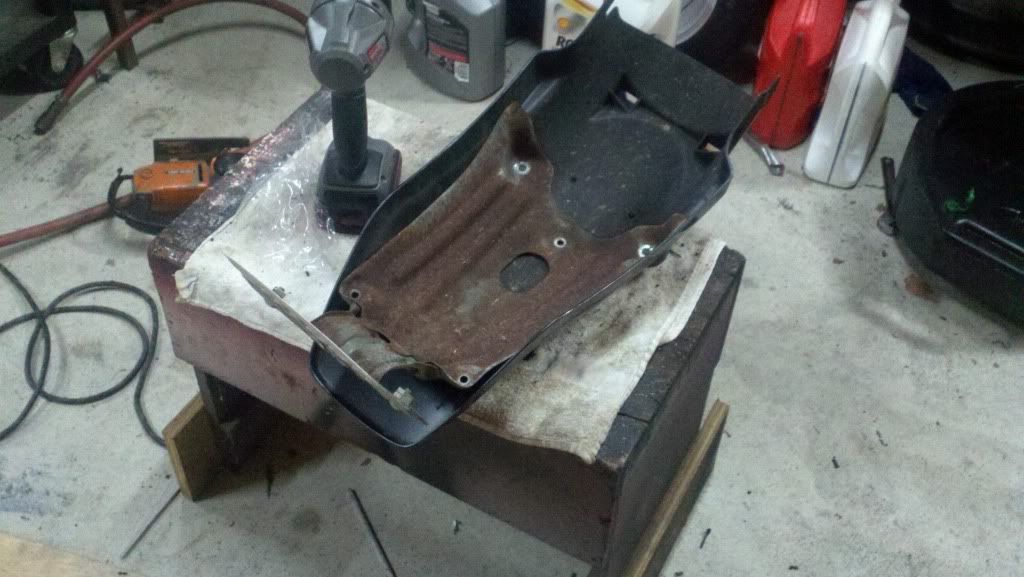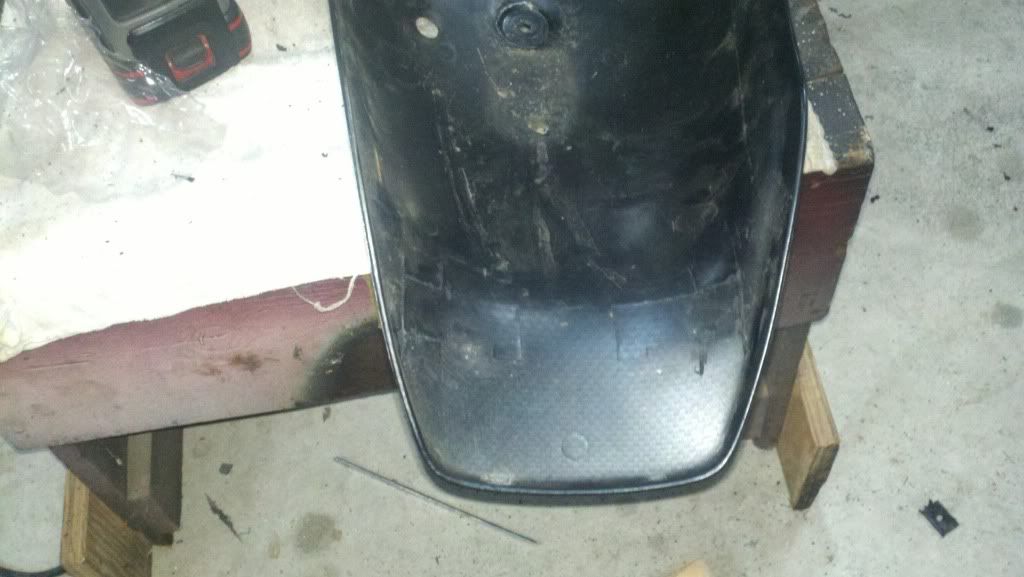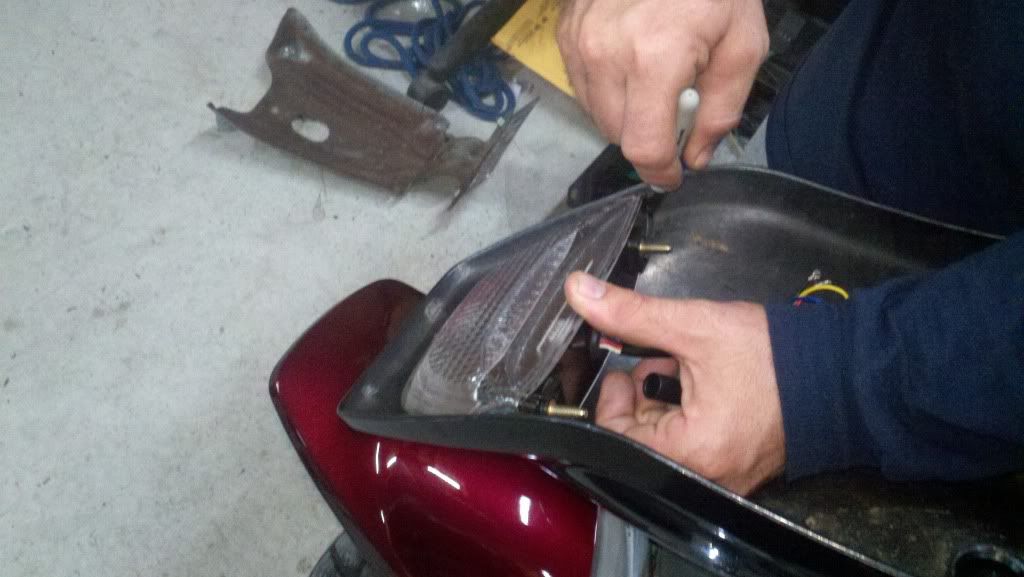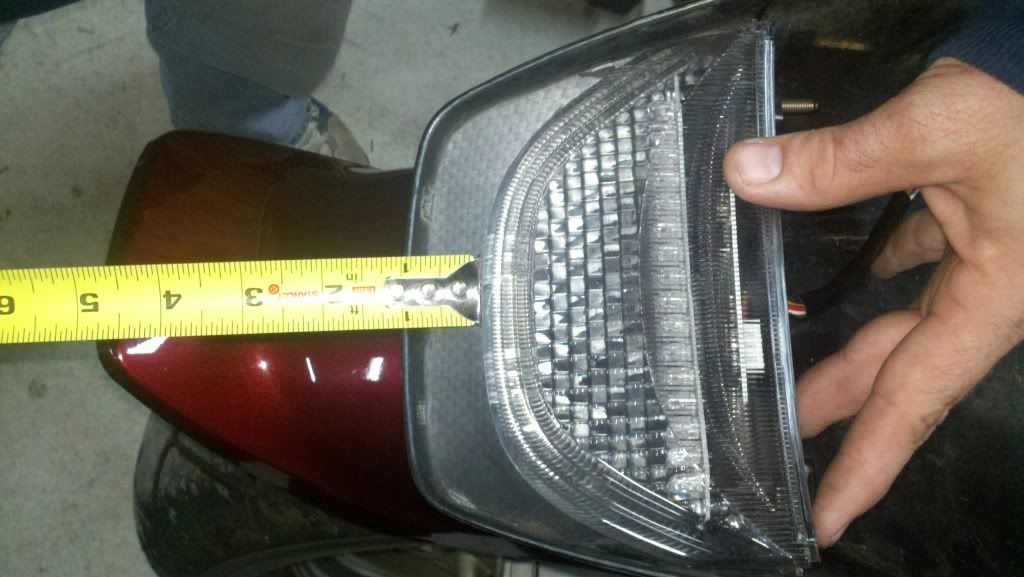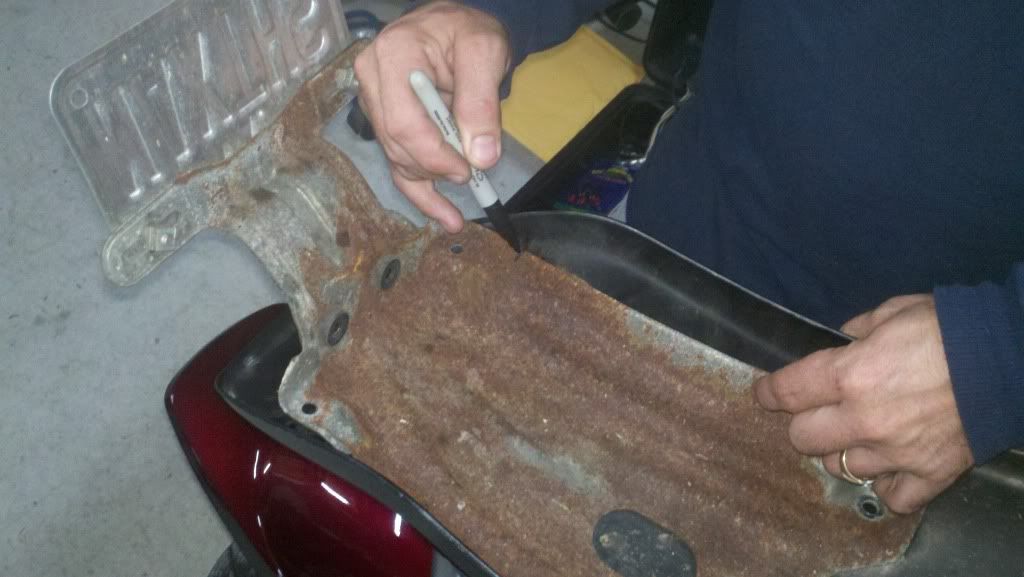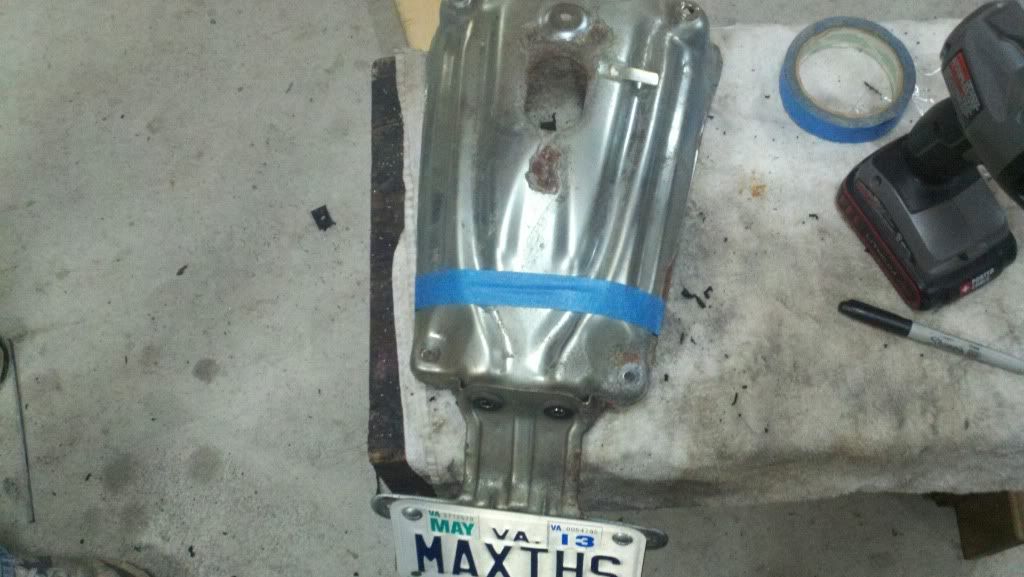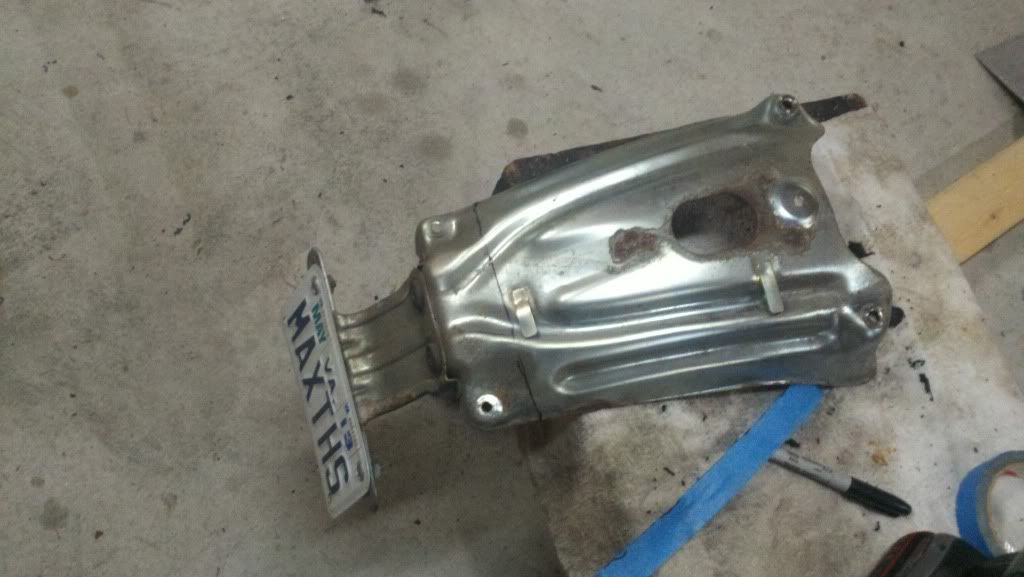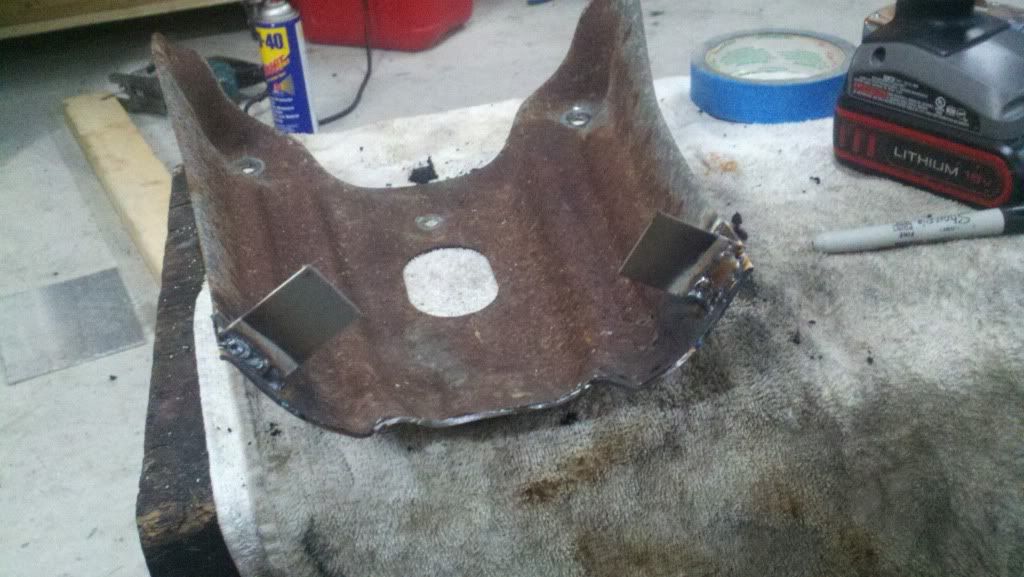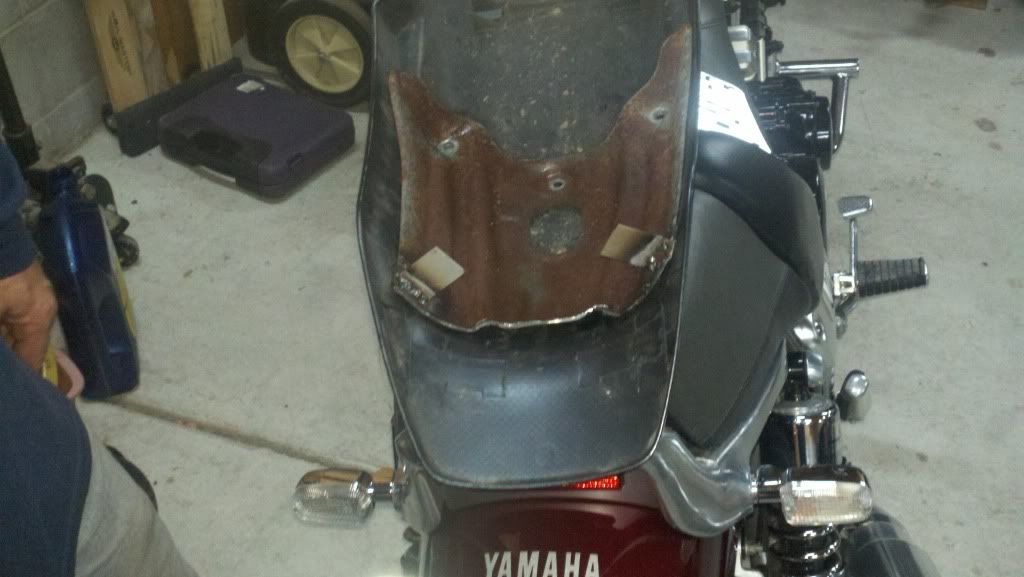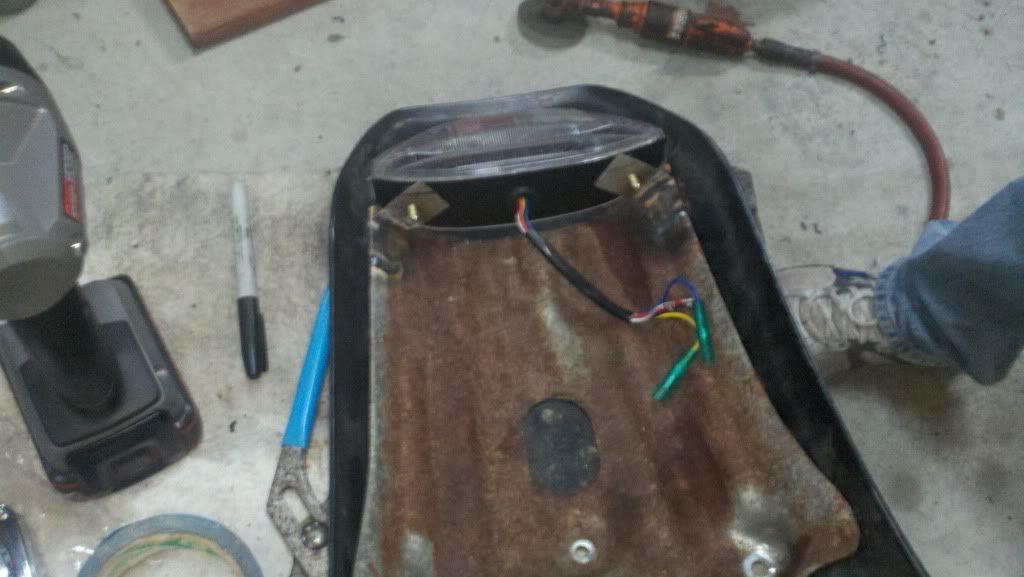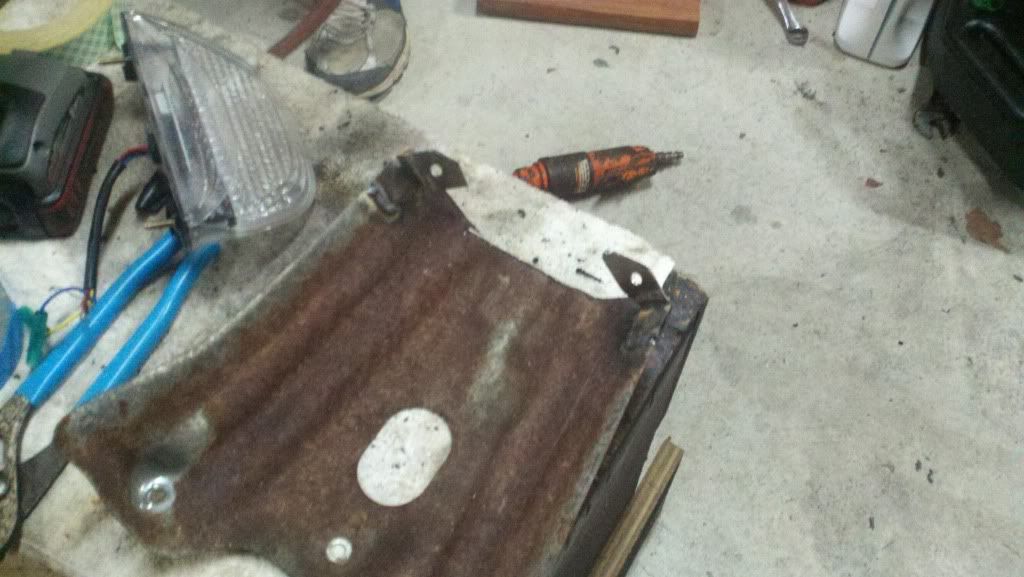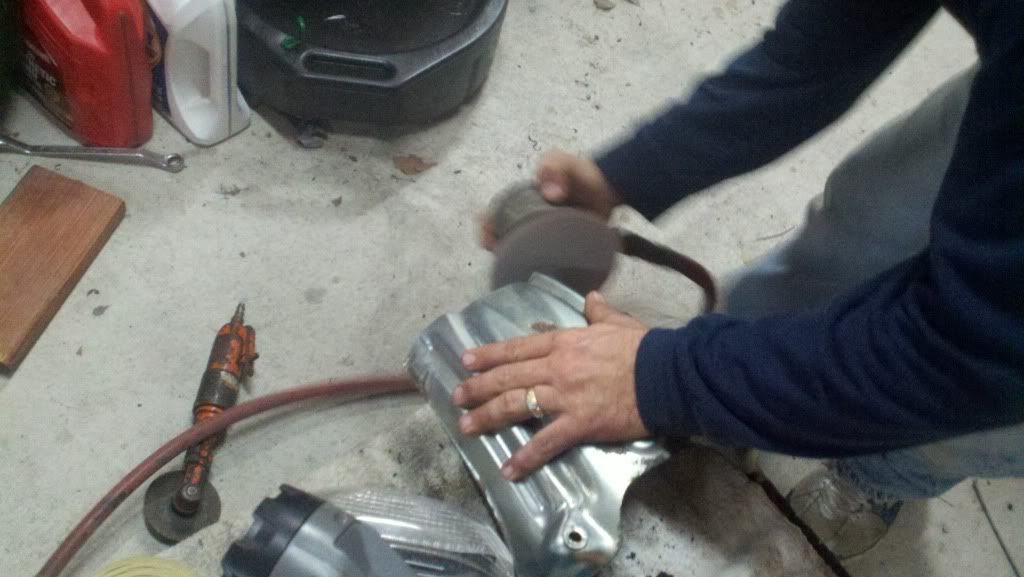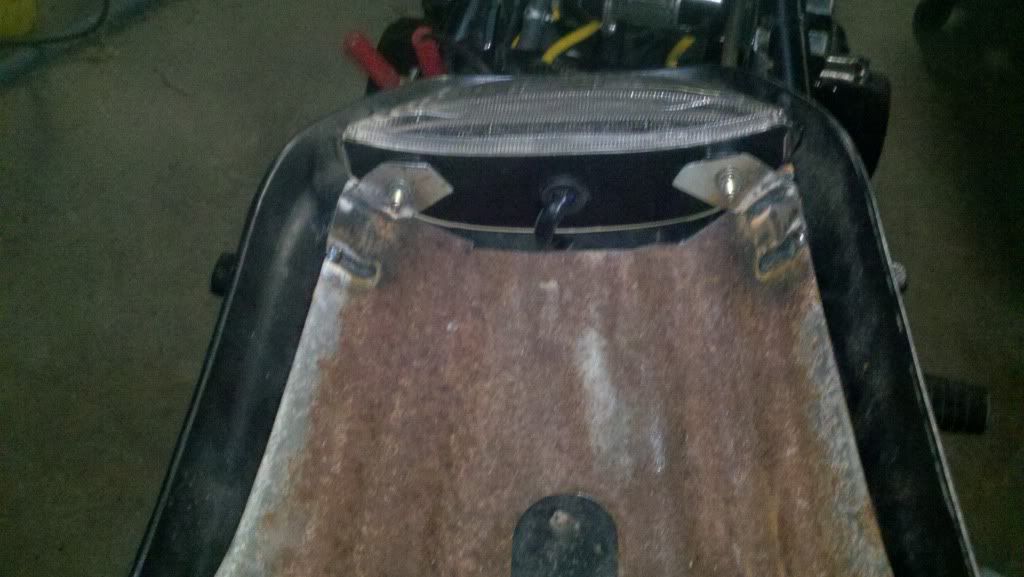without seeing what you are talking about, i'm gonna have to say "yes" if that wiring harness has some wires sticking out of a heatshrinked "block" like in Jediael's first post.
that heatshrinked block are the resistors.
I attached one end of the resistor to the signal's positive lead and attached the other end of the resistor to ground. this puts a load on the "turn signal" wire.
just fyi, putting the resistor inline (splicing in the resistor) won't solve the problem. without the "turn signal" wire attached to Ground with a load, no current will flow and the flasher will only "see" an open circuit on that wire. this is what causes the "hyperflashing" problem. the "hyperflashing" was yamaha's way of telling you that you have a burnt out bulb in one of your turn signals. when a bulb is burnt out, the filament is broken creating a situation just like in my case with the aftermarket front turn signals of only having a positive lead--there is no connection to Ground.
now in the case of hyperflashing occurring when you have LEDs creating a load between the positive feed and ground, the LED light just doesn't provide the needed amount of resistance (or load) that the flasher requires in order to determine that a load is present. as such it thinks that there is no load and hyperflashes.
sorry if i was beating the dead horse, or preaching to the choir. if so, then perhaps my dissertation will aid the others with the need/want to know.
unk:




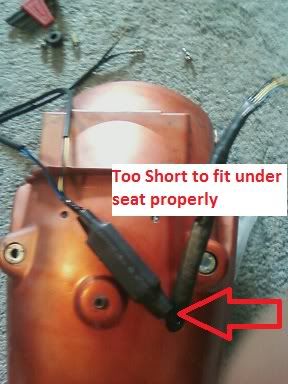
















![Bovemanx Motorcycle Phone Mount Holder, [150mph Wind Anti-Shake][7.2inch Big Phone Friendly] Bike Phone Holder, Motorcycle Handlebar Cell Phone Clamp, Compatible with iPhone 16 Pro Max Smartphones](https://m.media-amazon.com/images/I/51F+1sontPL._SL500_.jpg)















